There is no turning back
Why does Vietnam need to drive its economy to a low carbon status?
 |
| Mr Chu Manh Hung |
Climate change will badly impact on the whole globe including Vietnam. During recent years, Vietnam’s climate, particularly in the Mekong River Delta and the central region, has experienced visible changes. Natural calamities such as storms and flooding have occurred more frequently, destroying houses and infrastructure and killing people. The transport sector has also been hurt by such calamities.
Reducing greenhouse gas (GHG) emissions is an obligation for all countries including Vietnam. Thus, Vietnam’s rapid economic development reflects a need to reduce GHGs. To this end, however, achievements of modern science and technology development must be applied.
The ministries as Natural Resources and Environment (MoNRE), MoT, Industry and Trade, Agriculture and Rural Development have taken robust action to join the government’s effort to build a low carbon economy, reduce GHG emissions and protect the environment.
The transport sector has mapped out many national-level projects and programmes which will be approved by the prime minister. These projects and programmes aim to reduce gas emissions caused by traffic, especially automobiles and motorbikes, in urban areas and big cities throughout the country. This is a very important task that the sector needs to fulfill in the coming time, though it is not easy. However, the role of localities, the leadership of local authorities also needs to be enhanced and the participation of the whole public is also necessitated in materialising this task.
Moreover, each ministry and agency will have to find their own ways to reduce their GHG emissions. For example, the transport sector has to manage GHG emissions from automobiles, motorbikes, ships and trains.
Could you elaborate on the transport sector’s efforts, specifically its programmes and projects, in helping the government build a low-carbon economy?
We have combined with relevant ministries and agencies to design and implement a draft programme about controlling automobile and motorbike exhaust gas. This programme has been submitted by the MoT to the government for approval. We have already mapped out roadmaps and plans to implement this programme on a pilot base in big cities, then gradually in other localities with a bigger scale.
In implementation of the Law on Road Traffic and Law on Environmental Protection, the transport sector has intensified inspection over the technical quality and environmental protection standards of road traffic means. The examination of exhaust gas at automobile and motorbike registration centres has helped limit a remarkable quantity of traffic means with high gas emissions.
Notably, after the government promulgated its Decree No.23/2004/ND-CP dated January 13, 2004 on the regulation of use time of trucks and man-carrying vehicles, scores of vehicles with backward technology and high gas emissions have already been eliminated and replaced by new vehicles with energy conserving technology. This has greatly contributed to enhancing the energy usage efficiency in the transport sector.
In terms of organisation, the sector also set up the Vietnam Register, which is the MoT’s exclusive agency in charge of managing the sector’s GHG emissions. We can affirm that the sector is able to fully manage automobiles’ exhaust gas emissions. Over the past years, the Vietnam Register has successfully set up registration stations in many localities nationwide, closely controlling the exhaust gas emissions of all assorted automobiles in Vietnam. In the near future, we will also implement a pilot programme on controlling motorbikes’ exhaust gas emissions in many urban areas and all big cities nationwide.
This is a practical action of the transport sector in contributing to the country’s climate change responses and pursuit of a low-carbon economy.
What is the transport sector’s GHG emission volume over the past years and how has it contributed to Vietnam’s growing GHG emissions?
Vietnam’s swift urbanisation speed has resulted in an increase in the quantity of traffic means, which cause frequent traffic jams and a big consumption of energy. Traffic occupies about 30 per cent of Vietnam’s total consumed energy, giving big impacts to the environment and raising Vietnam’s GHG emissions.
However, it is impossible to precisely calculate the sector’s GHG emissions over the past years due to many reasons, especially when Vietnam is home to nearly 30 million motorbikes and more than one million automobiles.
In all countries in the world, fossil fuels consumed by the transport sector occupy 30-50 per cent of all consumed energy. In Vietnam, the rate is about 30 per cent. Thus, we must concentrate on saving energy and using energy effectively to help reduce the country’s GHG emissions and augment the country’s efficiency in using energy and fuels.
Furthermore, we will also need to boost the production of renewable energy sources such as solar energy for traffic purposes and lighting, while gradually limiting the use of fossil fuels for special traffic means at airports and ports. This is a good solution that the transport sector will focus into in the coming time.
But, this solution seems to be ambitious for Vietnam’s current conditions?
I think it is not an ambitious solution, because this solution can be applied within a certain area, then on a bigger scale. In fact, the transport sector has already installed solar energy-powered light bulbs along some national roads. In some countries like Singapore, electrical-power tramcars are widely used.
We have also planned to reduce individual traffic means in a number of urban areas and replace them with electric-power tramcars. This is a must to do as it is quite feasible to Vietnam’s current conditions.
Is this energy saving solution costly?
In terms of investment capital, we must find other capital mobilising channels, in which, the private sector and the public need to be encouraged in investing into energy saving traffic means. Besides, the public-private partnership model, which has been successfully implemented in many countries, can also be applied in calling for investment capital into applying such energy saving traffic means.
What do you think about the challenges that are facing Vietnam in its pursuit of a low carbon economy?
In think that challenges embrace advantages. The first advantage is that Vietnam’s leadership at different levels is unified in building a low carbon economy. The second advantage is that Vietnam has the MoNRE, which is the government’s exclusive ministry in charge of providing consultancy for the government in designing and implementing climate change response solutions. Moreover, the relevant ministries, agencies and localities also have their own environment-related departments in charge of solving environment-related problems and instructing the public to practise energy conservation and respond to climate change and sea level rise, especially those living in coastal areas.
However, challenges are countable, particularly investment capital and how to change the public awareness of climate change and energy conservation. It will be difficult to find capital, but we need to have solutions, such as designing projects and programmes to call for assistance from the international community.
But I personally think that we should use the country’s internal strengths rather than depend on assistance from outside. Reality has shown that many foreign countries have used their internal strength to weather these challenges. Why cannot Vietnam ape them? The state will take an important role in making orientations for and boosting the country’s socio-economic development, while the public and enterprises will contribute capital and human resources to joining the country’s climate change responses and building a low carbon economy.
For example, many farmers’ households use fertilizers from rubbish. This model, which helps reduce GHG emissions, needs to be widely aped as it is an effective solution to Vietnam’s future low carbon economy.
What the stars mean:
★ Poor ★ ★ Promising ★★★ Good ★★★★ Very good ★★★★★ Exceptional
 Tag:
Tag:
Related Contents
Latest News
More News
- AEO certification a testament to Piaggio's success (March 12, 2024 | 19:06)
- AkzoNobel sets standard in consumer electronics with sustainable and innovative coating solutions (March 12, 2024 | 10:08)
- Saint-Gobain promotes sustainable construction in Vietnam (February 29, 2024 | 09:00)
- Increasing private investment in healthcare – A long journey ahead (February 27, 2024 | 16:43)
- Get ready for a massive AI shift (February 15, 2024 | 10:04)
- Well-positioned to capture growth opportunities in Vietnam (February 05, 2024 | 13:22)
- Japan-Vietnam economic ties on long-term trajectory (December 14, 2023 | 11:56)
- DHL Express opens new gateway in Hanoi (December 13, 2023 | 08:00)
- AEON committed to more sustainable consumption (November 23, 2023 | 14:42)
- Shared solutions can bring out best in green ambition (November 20, 2023 | 11:05)



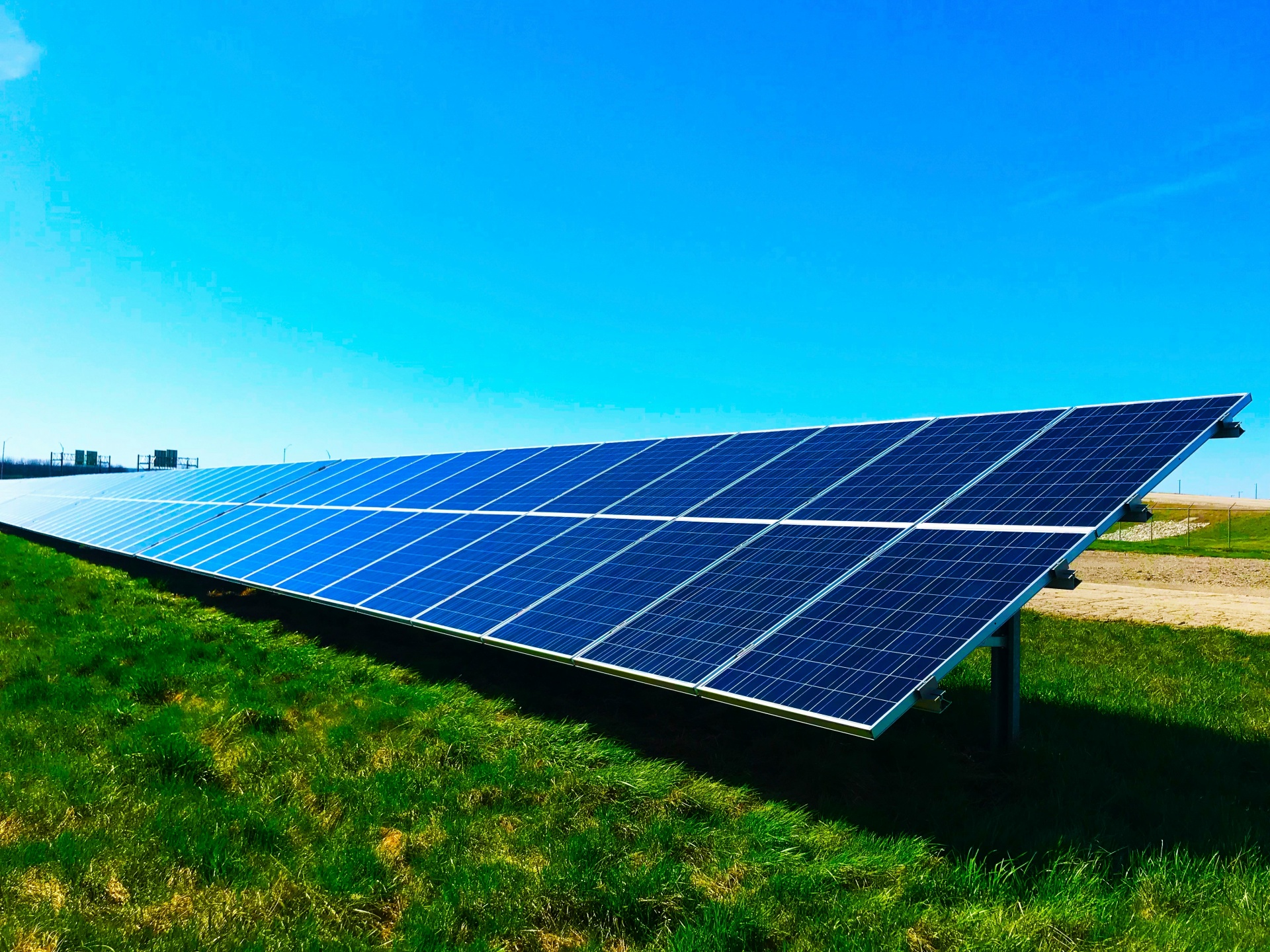
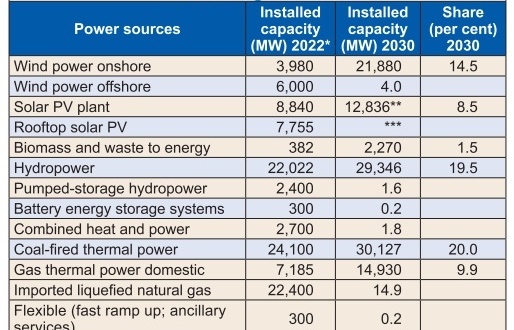
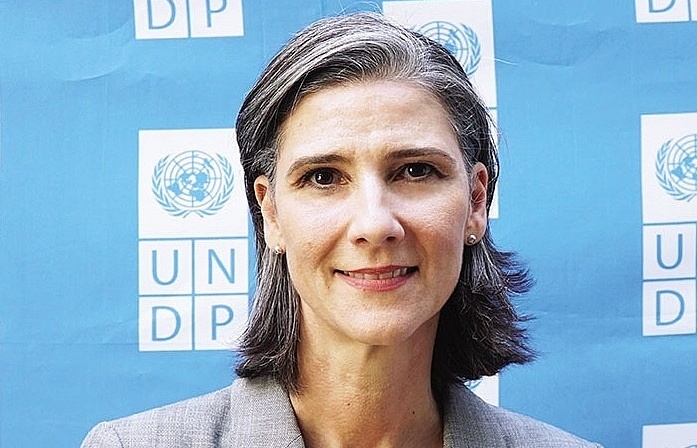
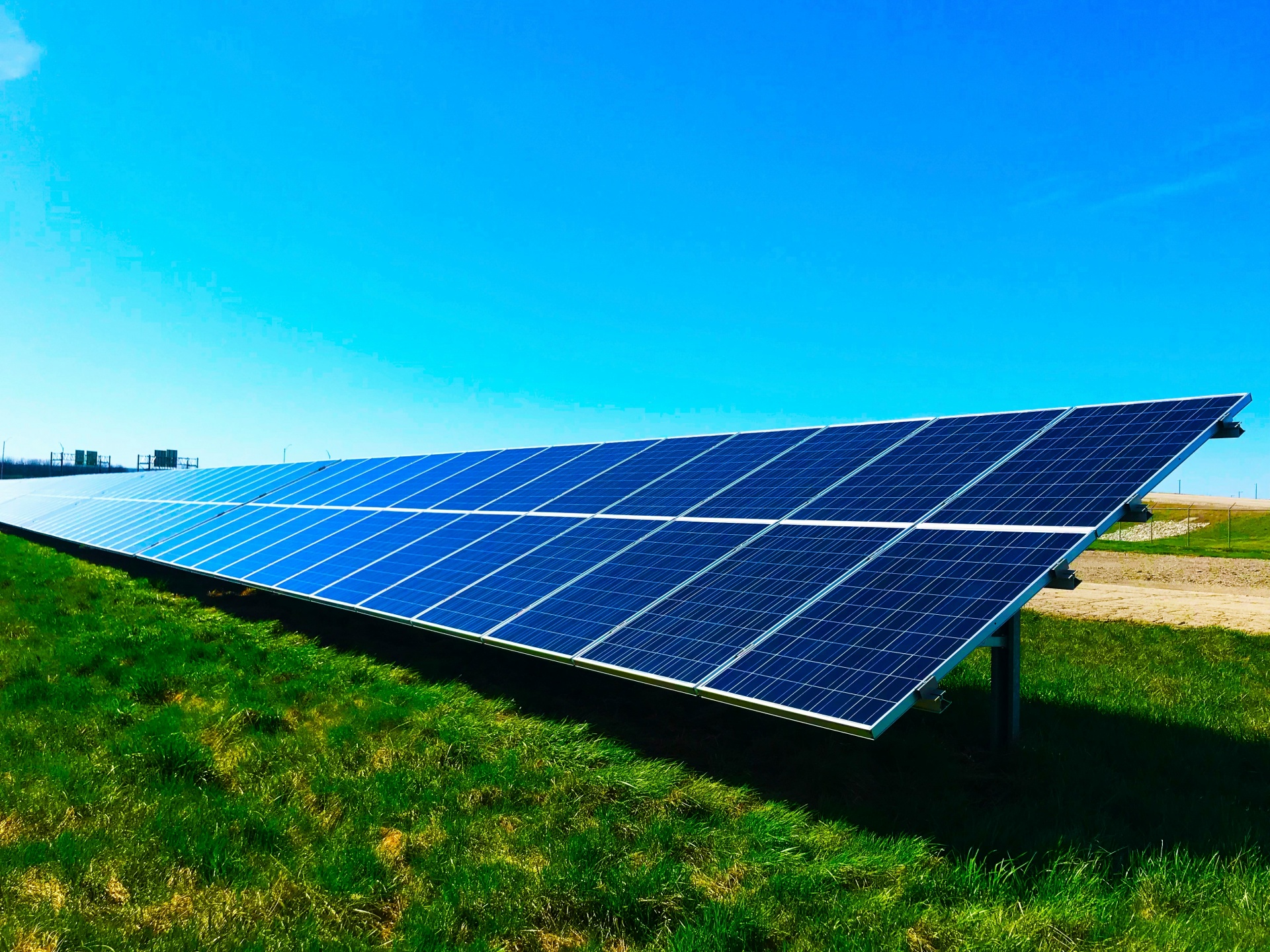

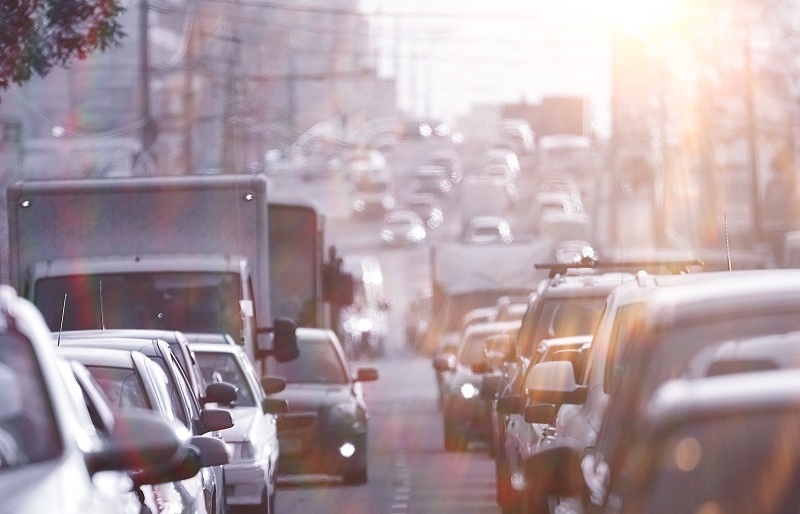


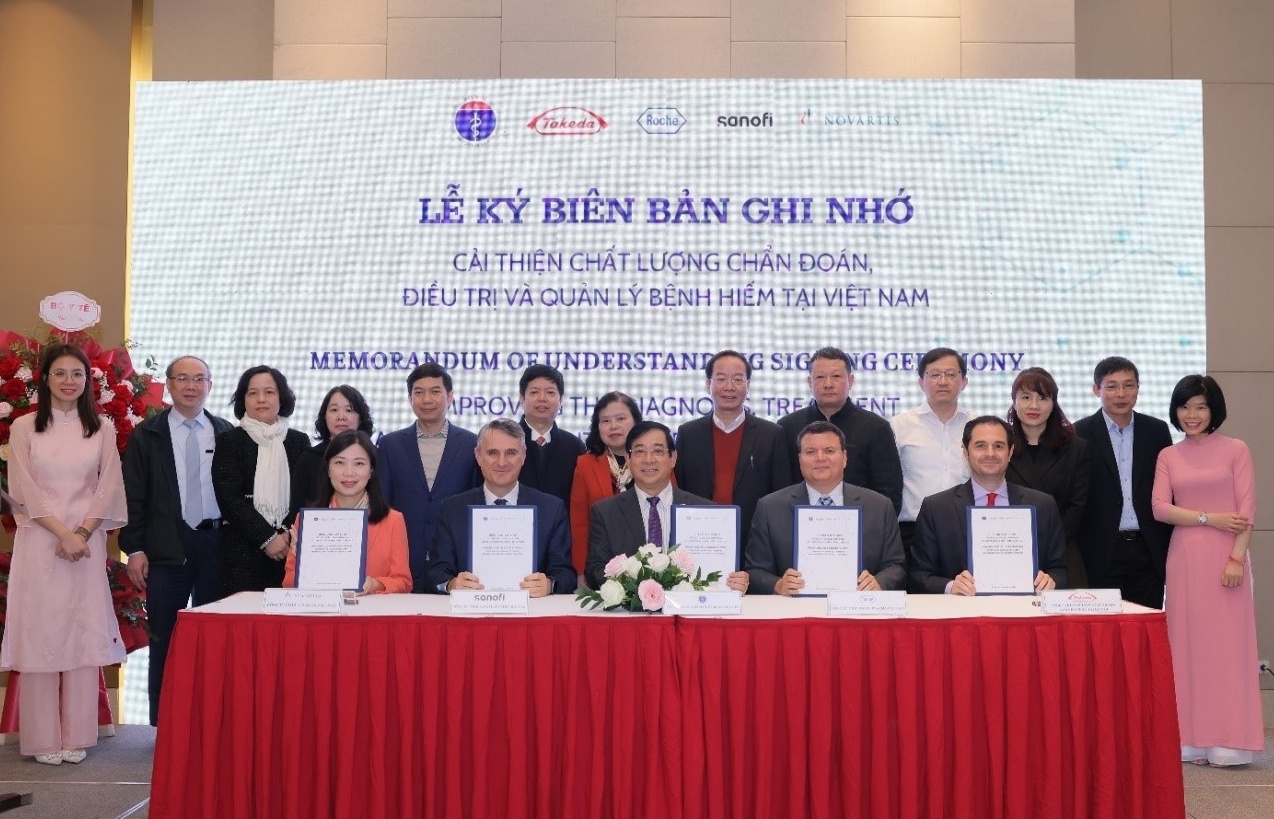

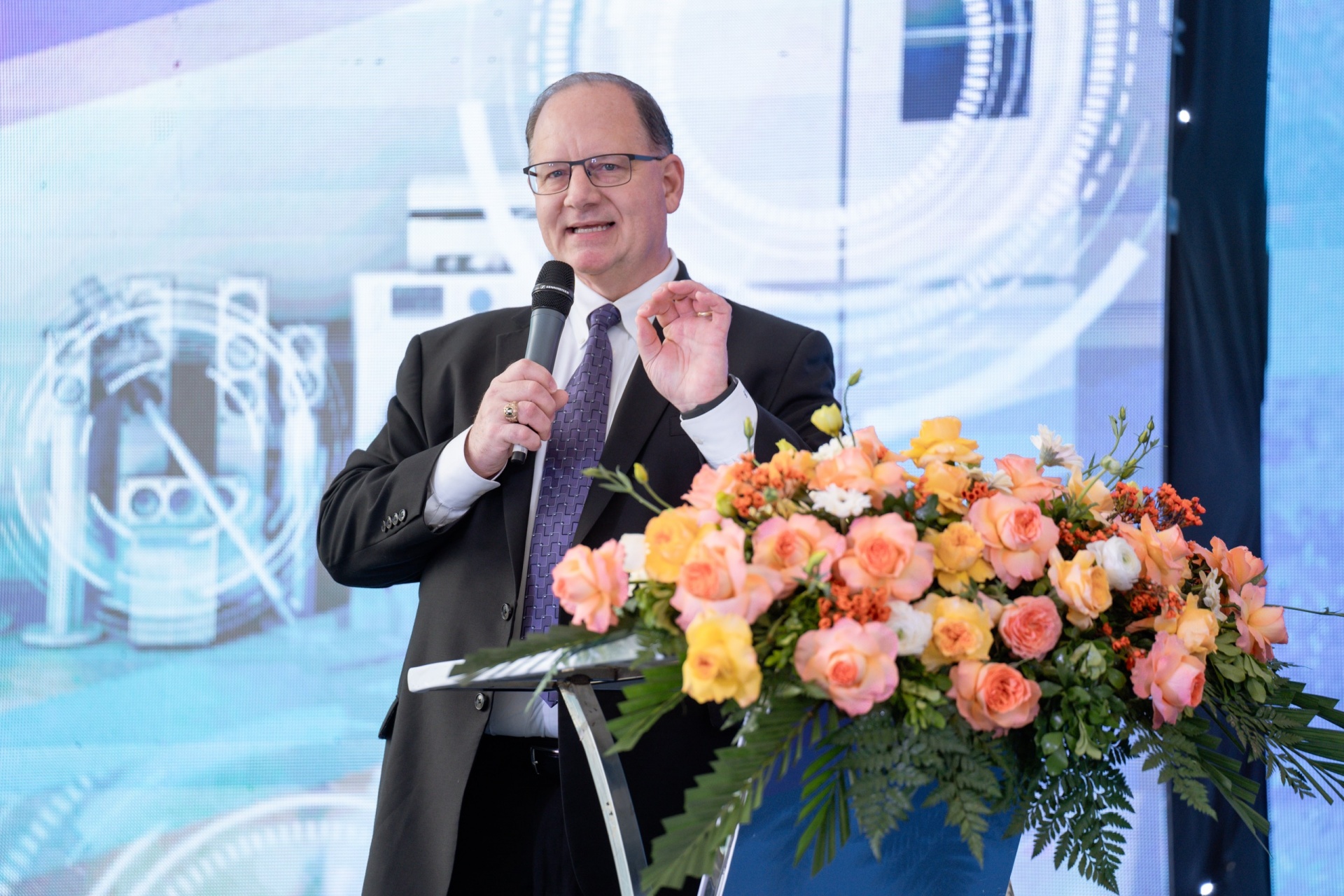
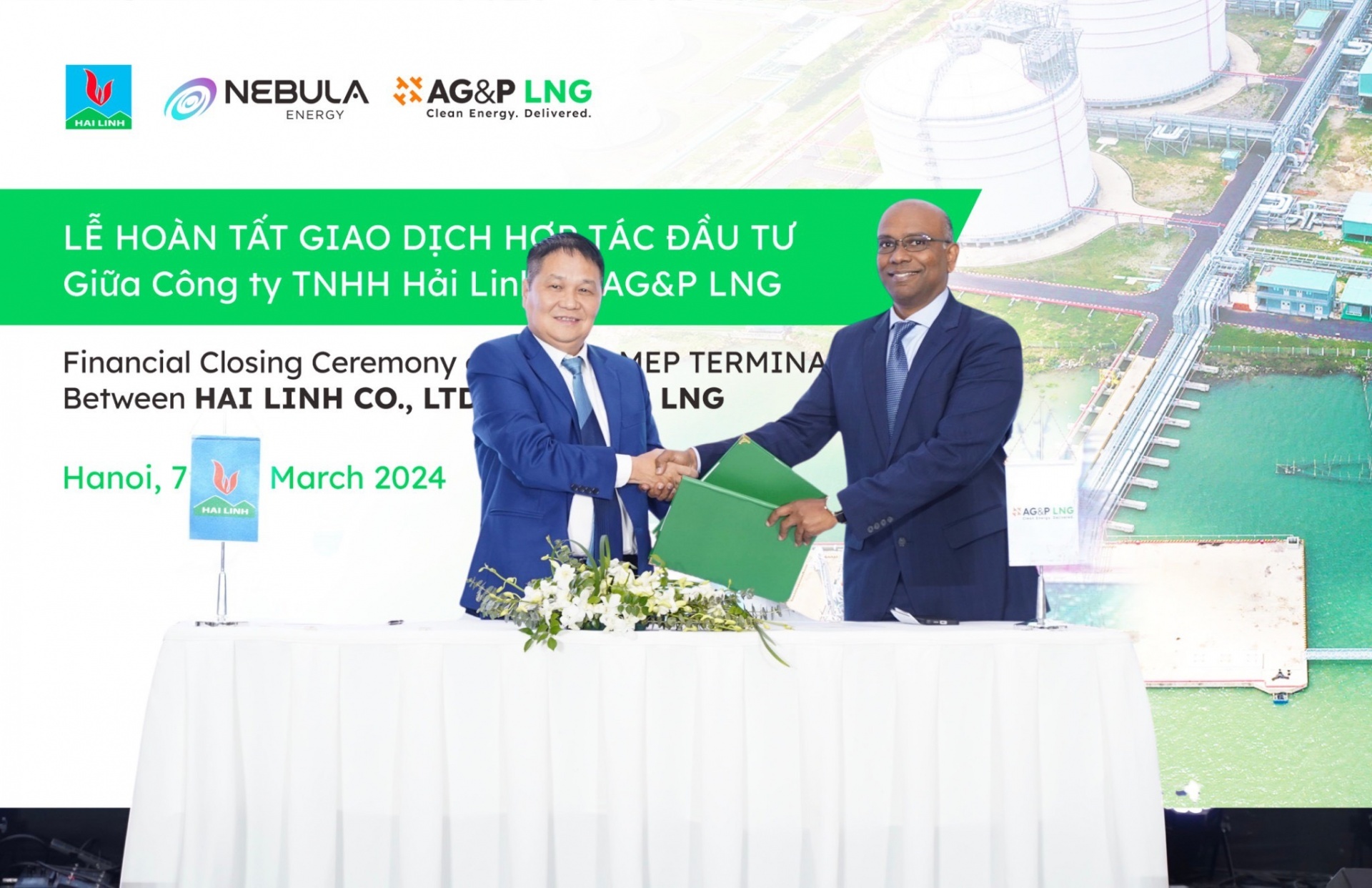









 Mobile Version
Mobile Version